RVE Receives Two Environmental Leadership Awards
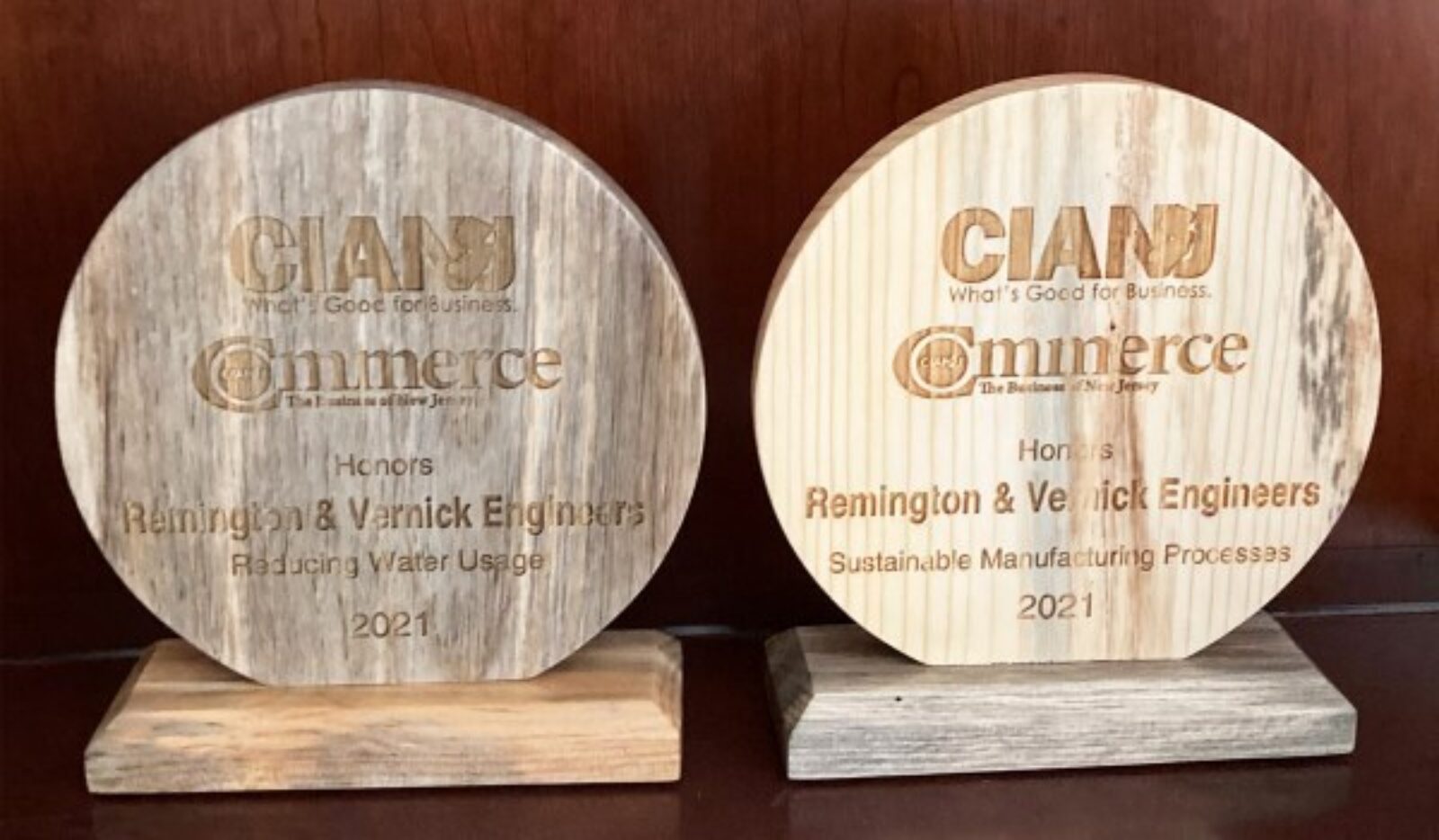
Two RVE projects were recently honored by The Commerce and Industry Association of New Jersey (CIANJ) and COMMERCE Magazine for environmental leadership and stewardship. RVE’s Brian Gillen, PE, LSRP attended the Leadership Awards Breakfast event where RVE’s projects were recognized.
The first project honored was PFNA Treatment Improvements in Woodbury City, New Jersey, receiving an award in the Reducing Water Usage category. The City of Woodbury was impacted by Perfluorononanoic Acid (PFNA) contamination in two of their five potable water wells. The wells were shut down until a treatment process could be pilot tested, designed, permitted and installed. A feasibility study was completed to identify various treatment methodologies that would treat the specific potable well constituents while also considering operational requirements.
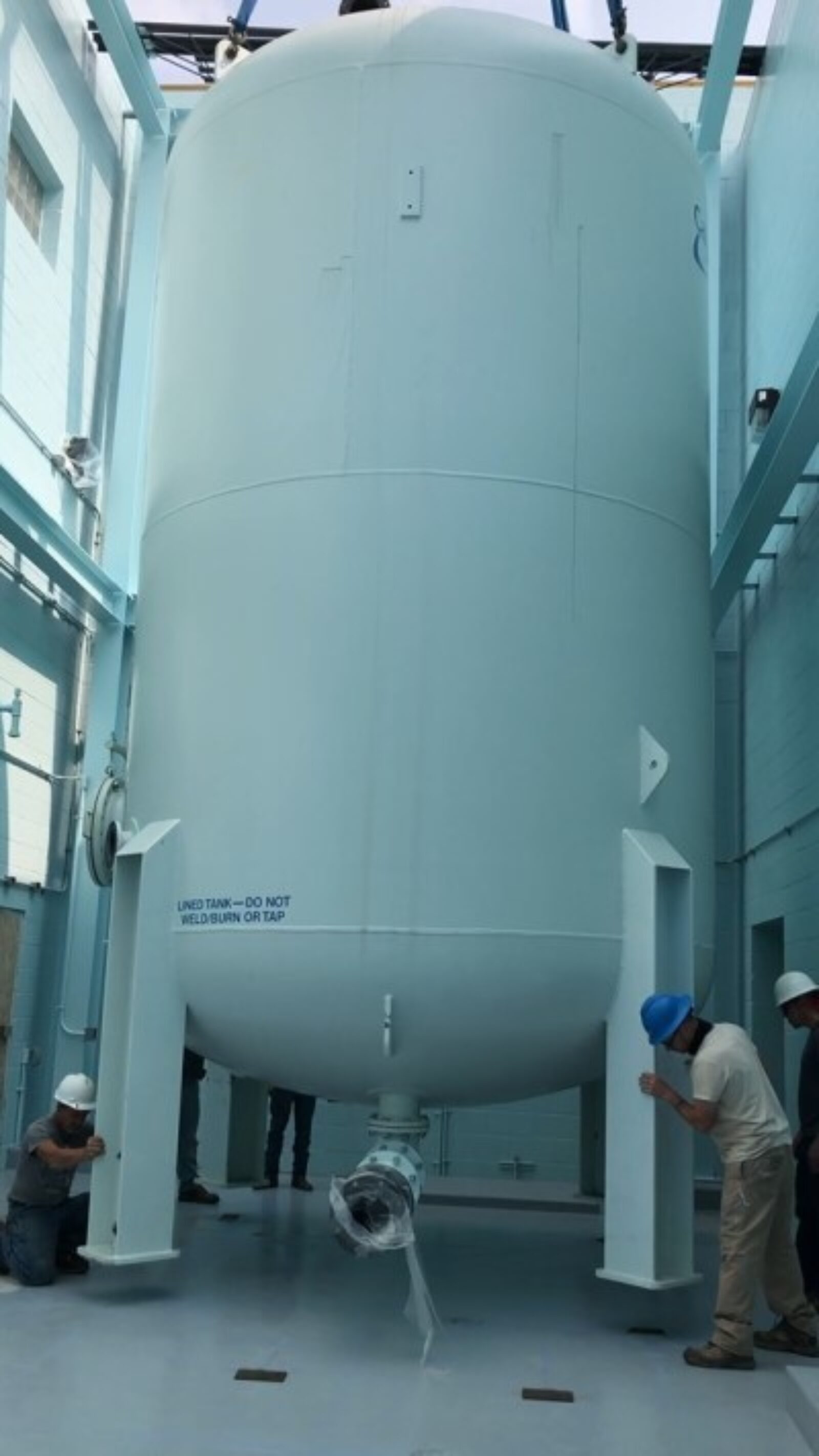
The feasibility study indicated that the best method for PFNA treatment was through the use of Granular Activated Carbon (GAC). The carbon was pilot tested using the well water from the two wells to be treated. The pilot test indicated that the PFNA would effectively be removed. In addition to the ability to treat the PFNA contaminant, the GAC units would require little backwash and waste of water during operation of the units. The treatment process was designed, permitted and construction is complete.
The second project, Radioactive Drying Beds Closure in Bordentown City, NJ, was honored in the Sustainable Manufacturing Processes category. Bordentown City was required to close the water treatment plant’s sludge drying beds that contained radioisotopes exceeding standards. These radioisotopes originated from the Potomac aquifer. Subsequently, during plant filter bed backwashing the radioisotopes were removed to the drying beds with the precipitated iron/manganese solids. Guided by field radiation microprocessors capable of detecting ionizing radiation, RVE conducted extensive sludge and environmental sampling, 50 radioisotope analyses and 2,500 tests.
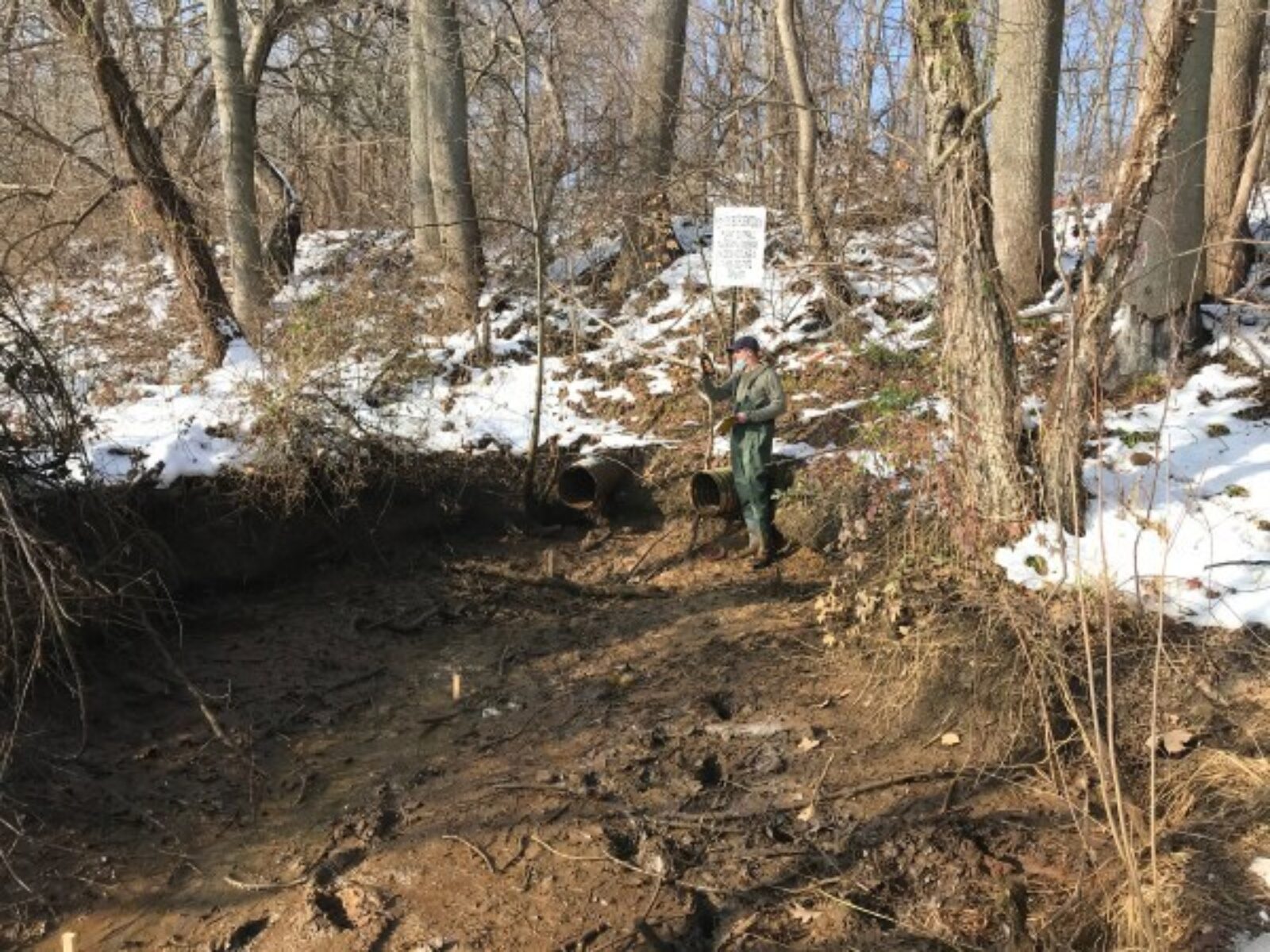
Twenty-four computer models were utilized to support an in-place closure strategy consisting of removal of filter-backwash deposition hotspots, in combination with capping remaining backwash materials. Sampling of radioactive sediments near the outfall were field screened/sampled to isolate 10 tons of impacted wetland sediments. Over $1.2 million in offsite disposal costs were avoided by substituting a practical/innovative remedy protective of human health and the environment. Since vast regions draw water from the Potomac formation, project findings advance invaluable precedents for compliance with radiation cleanups.
Both projects were also featured in the latest issue of COMMERCE magazine, which can be viewed here.
More Articles
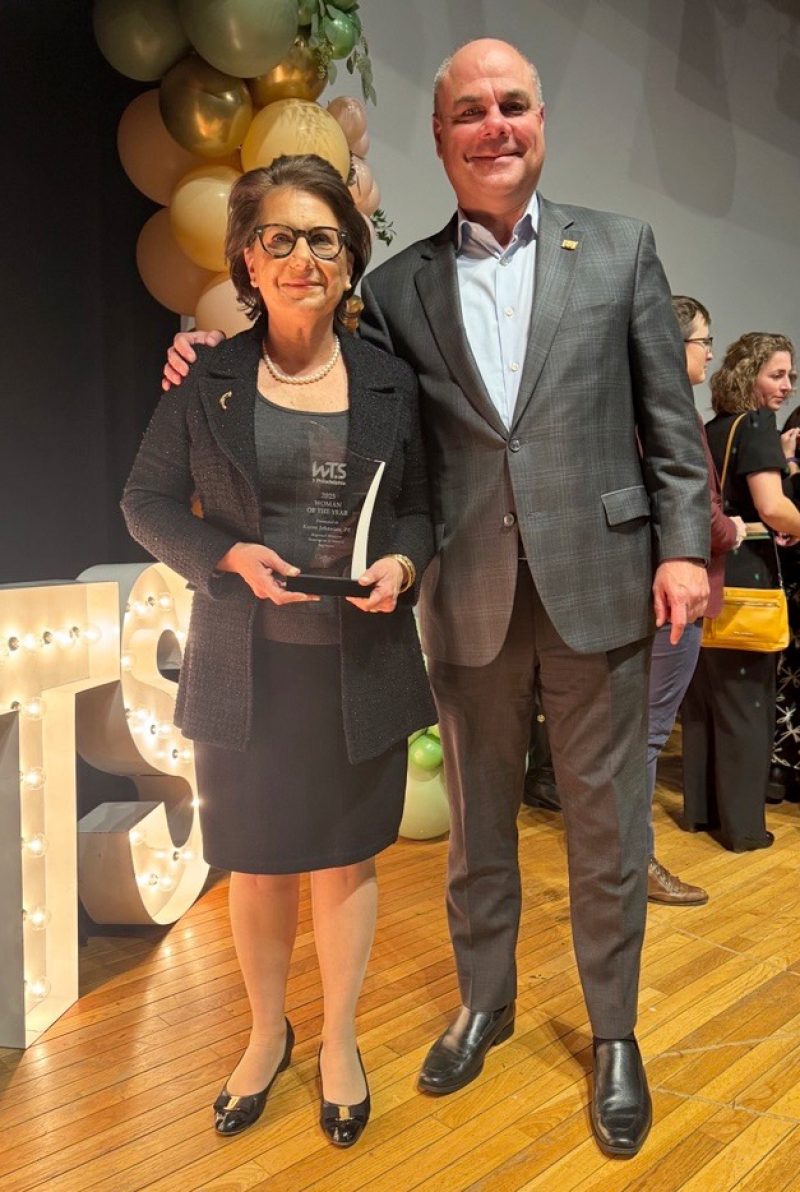
Karen Jehanian Named WTS Philadelphia Woman of the Year
Congratulations to Karen Jehanian, PE, EMBA for being selected Woman of the Year by the Philadelphia Chapter of Women's…

Eric Nardelli Named GVF 40 Under 40 Recipient
RVE’s Eric Nardelli, EIT, was recognized as one of the Greater Valley Forge Transportation Management Association’s…
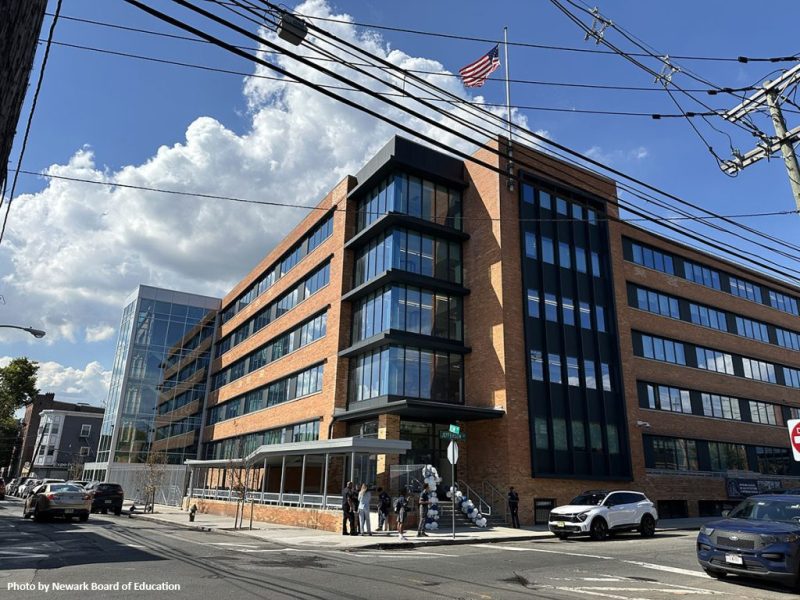
Newark School of Architecture & Interior Design Opens
The Newark School of Architecture & Interior Design officially opened, welcoming in its first ninth graders, who will…